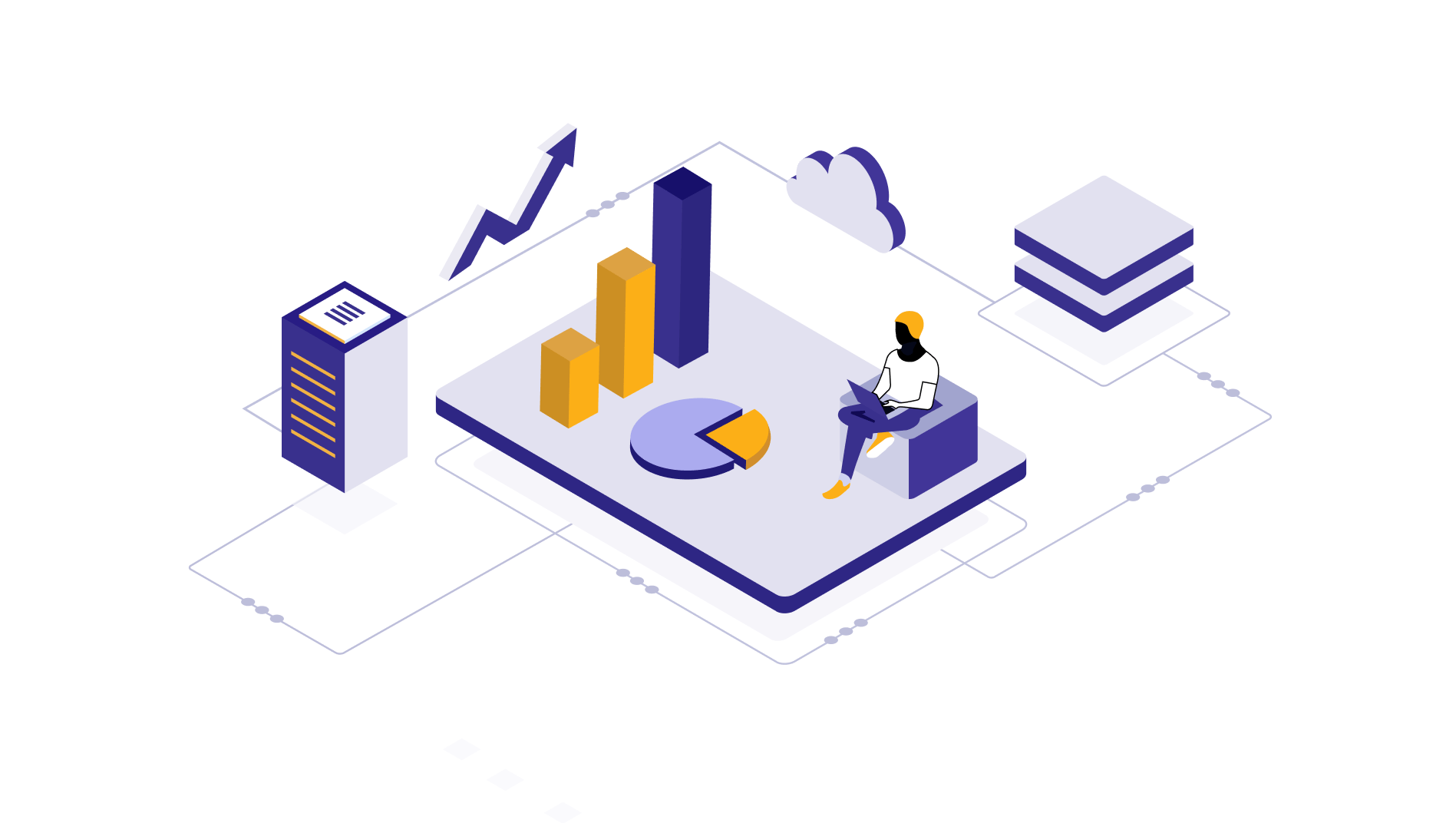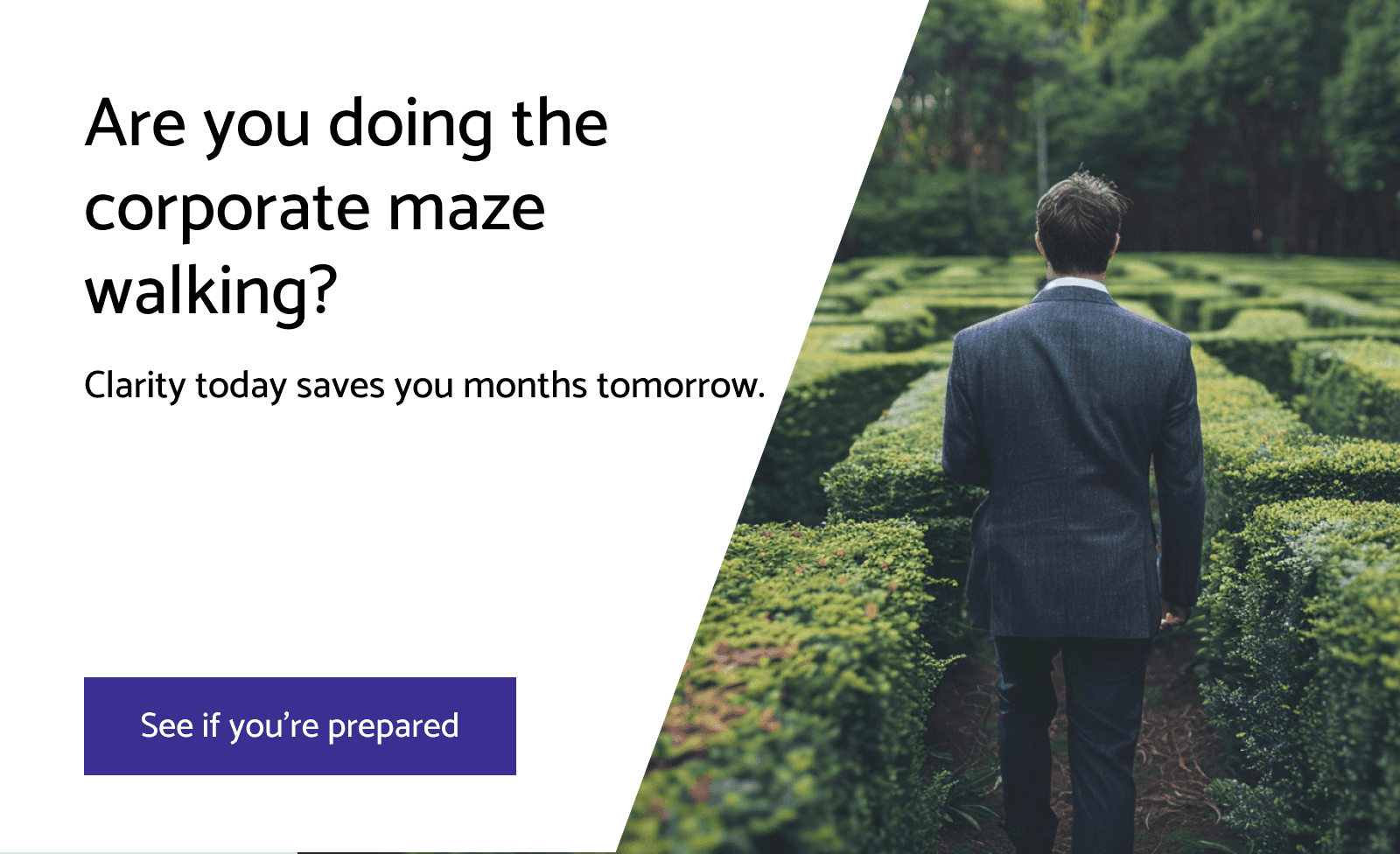Data storytelling: Crafting stories that drive decisions
How to weave stories into complex datasets and engage its consumers thoroughly. The article teaches you how along with relatable examples. Read fully to add one more feather to your leadership cap by learning effective data storytelling.

Jagadeesan
May 28, 2024 |
7 mins

What is data storytelling?
Data storytelling is turning your raw data into captivating stories, making it easier for consumers to break complex analytics down into digestible narratives they can easily wrap their heads around. All it takes is replacing number-heavy reports and spreadsheets with modern visualization elements, self service analytics, and a coherent story wrapped around data points.
Importance of data storytelling
With numerous data points that must go behind every mundane and crucial decision of an organization, one can become deranged in a wink.
Let’s begin with the basics. We all need data to make our work simplified. We have long crossed times where data-driven decision-making was only reserved for c-suite individuals. Now, everyone from product builders to sales champions to marketing rookies thrives better with self-reporting and self-service analytics. Whether they can access it on time is a different story. But it’s not gonna help anyone when presented as a combination of 0s and 1s in a bleak, lifeless manner.
Think of meetings that left you in shambles with lots of figures and numbers whooshing like bullets past you. The situation would be much different had someone addressed this information overload aka ‘infoxication’ or ‘infobesity’ and used a different approach, preferably data storytelling.
Experts warn that constant exposure to this data overload could lead to brain fatigue, headache, mood swings, burnout, and even ADHD.
Fret not as data-driven storytelling helps you fight this. Here’s why it’s crucial for your business.
Keeps everyone on the same page, even if they are from different operational backgrounds, have different goals, and measure different KPIs.
Improves engagement and participation from the audience.
It’s the best decision-making aid. You could jump to conclusions easily without long, exhausting brainstorming sessions.
Ability to see the big picture without skipping the good, bad, and sour spots hidden within the data points.
"Storytelling continues to be relevant right now and will continue to be relevant for as long as humans feel the need to tell each other stories." - King Campbell
We still remember stories we heard during our childhood. Why? It gets etched into our memory much faster, creating an emotional connection. Presenting something problematic in the form of stories has a similar effect, getting across your message perfectly and allowing them to share their perspective.
Learn more: Business intelligence in retail
How to tell great stories with data?
Ready to embark on your data storytelling journey? Here are five-step magic formulas you can apply to any data projects, presentations, or reports.
Craft your story
Make the story the cornerstone of your data project. Look for insights or points that can be a starting point for a great story or discussion. Now, connect the dots and start spinning a relatable story around it. Use metaphors and analogies to your advantage and spice up your storytelling.
One piece of advice: use hypothetical personas, assign them roles, and bring them within your story to sound more convincing and realistic. Example: John is a marketing manager struggling to get more traction on the company's social media. What would be the increase in engagement rates if he collaborates with Chloe the company’s people person and creates employee-centric content?
Remember the three elements of a story. The introduction of the hero and their problem - fixing the problem - results and a clear call to action. Make sure your data story covers all these three parts.
Know your audience
Who you are presenting your story to decides how you will narrate. While the key insights you identified remain the core of your story, change them so your audience can grab the message easily. For example, your production team and your C-suite management might focus on different aspects of the story.
Similarly, your sales and finance team may have different views about your insights. So, keep the audience in mind and make sure your story and the terms used are receptive to them.
Analyze their level of involvement in the process and their data literacy levels. Tune your story a bit so it aligns perfectly with the intended audience. This is one of the winning formulas for successful storytelling.
Find the hidden insights
Every dataset contains some hidden insights waiting to be unleashed. Have an eye for detail, pick them, and garnish them all over your story.
For starters, select the relevant data needed for your analysis. This simplifies your job while preventing your audience from information overload.
For example, if the end goal is to create a new product feature, customer feedback, product support requests, churn reports, and similar data to get started with the mockups. But you might not need data related to employee productivity. This is like a sieving process to filter out unwanted parts and use only what’s relevant.
Now, turn them into a visualization of your choice so you can look for hidden information, more like EDA.
Once you know the central message to be conveyed, looking for hidden insights is much easier. Time to add them to your story, wherever it’s applicable.
Pick the right visualization
You can utilize data storytelling tools like visualization elements to present data like a visual treat. You can choose data storytelling tools like Tableau or Power BI and import the necessary datasets into the tool. But this isn’t enough. Choosing the right options matters to narrate your story. It can be infographics, graphs, heatmaps, or any modern chart that represents your data better. Include labels and annotations for more clarity.
Modern storytelling tools come with plenty of options that data-driven storytelling. Showing the linear journey of two or more data points over a period of time? Opt for a line graph. Trying to demonstrate relationships between two variables, with one dependent and one independent variable? Go for scatterplots. In a nutshell, every visualization object has a purpose. Choose them perfectly so they can illustrate and enhance your story, just like how you pictured them in your mind.
Refer to our detailed guide on automating data analysis using Power BI. These options can be made either static or interactive, depending on how you want to display them.
Make it better
Your visual story is perfectly ready, flavored with fresh, compelling context. Just like you garnish celery or chopped herbs, make your visualization better by adding any missing parts.
You could perhaps give a dry run, explain your project to a colleague, and see if it has the expected effect. Get feedback from people similar to your audiences and apply them.
Now, it’s time to practice your delivery and demonstration. Film yourself to see if the story goes along with the data well and if everything flows as per your expectations.
Once you are ready for the real presentation, just remember to maintain the same tone while delivering. Let your audience ask you questions and engage in productive conversations during and after the presentation.
Pitfalls to avoid when you choose data-driven storytelling
Many things could go wrong when you are trying to paint data stories. Many worst mistakes in history happened out of data-driven decisions. Decision-makers must be careful not to repeat the following patterns and mistakes when they work on data-driven storytelling.
Duplicate data
Duplicate data is a real threat that can skew your numbers. Such misestimations can cause huge deviations in your final numbers. So your story may be good. But the numbers and data it projects aren’t reliable. So as the decision your team makes with the given data.
What’s the solution then? Data deduplication and pre-processing. It’s not possible to run through each row. Make use of data cleansing tools to de-duplicate your data and filter out unwanted entries.
Inconsistent visuals and colors
Adopting the right visualization practices is so important to choose the right visual elements for your data project. Otherwise, you cannot communicate effectively or rather misinform your audience. The same goes for using colors and labels. Go neutral or pick a standard color tone. For example, green when you have to show an improvement in trends, red to show a decline in numbers, and so on. Don’t use a splash of colors as it can be off-putting for many. Use mild tones in minimal numbers to make your story stand out.
Too many information
How can you make the audience mentally disconnect while they are at a meeting? Overloading them with information, more than what they could consume in a given period. For example, if the topic of discussion is IT expenses, talking about IT teams’ productivity might not be necessary. So, make sure your story is succinct and wraps everything within it neatly, like a spill-proof burrito. Reminder: You don’t want to cause them infobesity.
Also, remember to tick out portions that they might be aware of already - a tip that would save time for everyone involved.
Neglecting your audience
Your ultimate goal is to engage your audience and share with them what you have observed. But if they don’t show involvement or don’t see eye to eye with you, there is no point. Many leaders commit similar mistakes where they write the entire story in their POV. While it’s quite normal, you cannot remove your audience from the picture. Ask yourself repeatedly who the audience is, whether the story will be apt for them, and whether they could connect with it. Without ticking these boxes, no matter how stunning the visualization is or how creative the story is, nothing would work.
Data storytelling examples
Want perfect data storytelling and visualization examples? This section will have you covered.
From boring statistics to stunning infographics
Want to stay abreast of stats from science, tech, environment, and all other things that matter? Information is beautiful can be your go-to. Check out how they have turned monotonous data into beautiful stories, with the right visualization choices.
No one would have thought using realistic components, especially for topics on data like plastics usage. Look what they have done here. They start their story with a question, add more data to back it up, and share valuable suggestions in the following sections.
Painting a legend’s life journey in a single canvas
It was the legendary musician A R Rahman’s birthday and our team had to do something. They came up with a creative idea of creating a vivid Tableau dashboard, adding crucial milestones the musical wizard crossed. Look at how they added musical notes to signify every breakthrough - from awards (from national awards to global Oscars) to releases.
Take a look at this dashboard to see how the life story of a person can be explicitly visualized in a single dashboard.
Another musical journey wrapped in colorful stories
Are you on Spotify? If yes, you might have noticed the annual music summary they send before new year hits. They have 500m users including free and paid accounts. Let’s not forget the millions of listening hours and albums and artists present in the platform. Yet, they came up with this brilliant marketing campaign where they bring in front of your eyes your entire musical moments you shared with Spotify. Despite being loaded with petabytes of data, they sketched unique story for everyone with eye-catching animations. And it became a hit too. Had it not been for the story perspective they brought inside, this would have been just an annual report with lists of favorite songs and artists.
Learn more: Want to know how Spotify Wrapped works?
They personalized it to the core and followed a contextual order that kept people hooked till the end of it. With carefully chosen words and elements, they helped listeners walk down the memory lane, associating what they were grooving with.
Results? The campaign became a huge hit, making it a every year thing. In 2022 alone, it garnered 20% increase in new app downloads and account creations.
Final thoughts
We aren’t far away from times when storytelling would become a necessary skill for professionals. It necessitates the need for looking into details and uncovering contextual information out of anything, even if it’s petabytes of unorganized data. The sooner you start data storytelling journey the better you can convince people around you with compelling narratives.
Follow the steps listed here for a sure-shot success - knowing the audience, finding a useful insight, creating a story, and editing it to make it better.
Embrace this process if you don’t want your audience to be bogged down with undigestible data that you yourself can’t wrap your head around.
Feeling that your data architecture could support your storytelling initiatives? Need data visualization tools and help from technicians to get the journey started? Want to have data at your fingertips to create stories anytime?
Let your quest end with datakulture. Help us fix your data architecture in a way that it supports end user adoption.

by Jagadeesan
“datakulture’s co-founder, thought leader, and skilled team leader, Jagadeesan has worked with companies across industries and geographies. He knows how data problems hide in plain sight—whether in manufacturing floors, retail shelves, or financial dashboards—and how the right strategy can turn them into opportunities. With years of experience guiding teams and clients alike, he ensures data solutions don’t just look good on paper but deliver measurable business impact.



